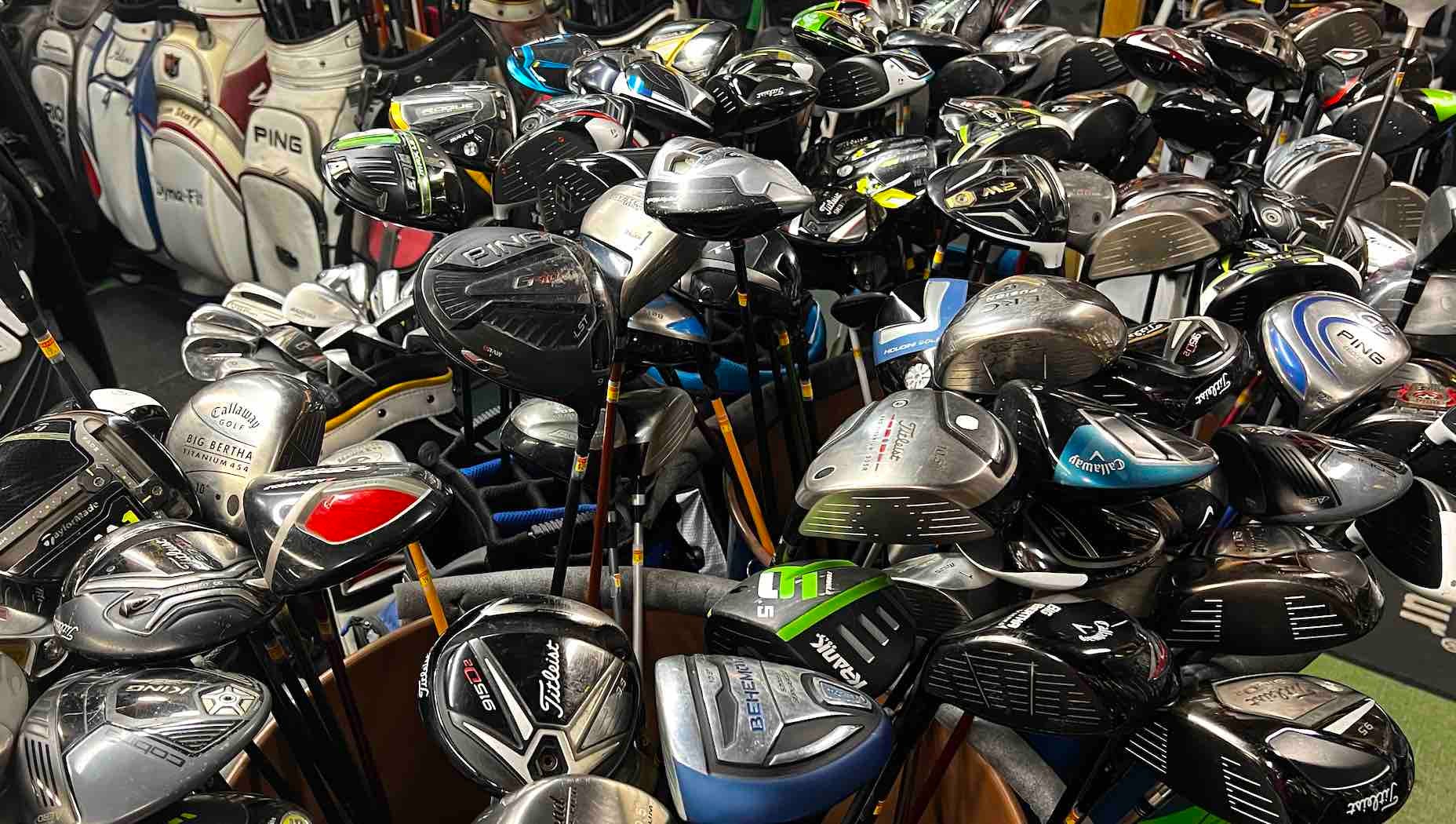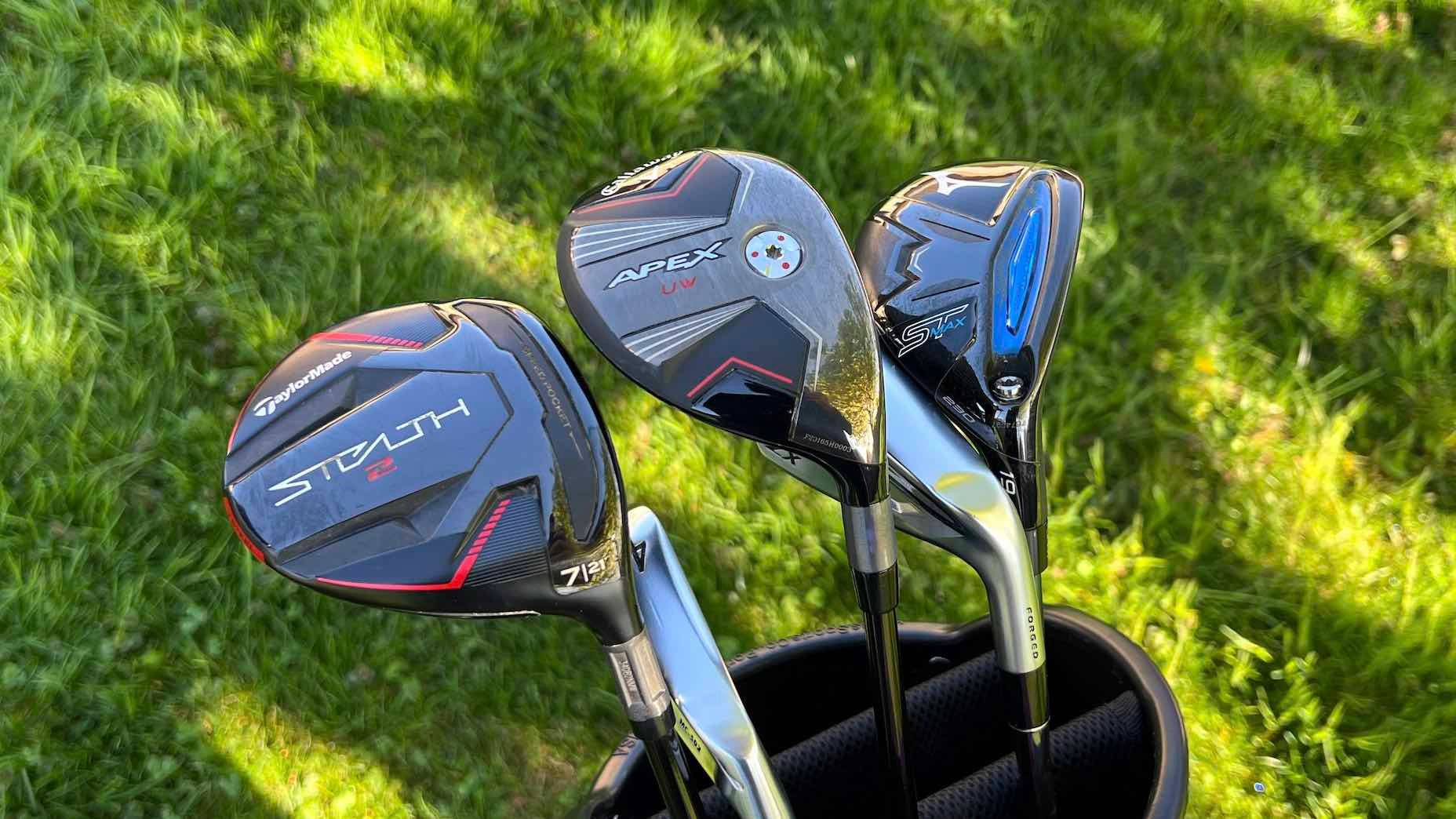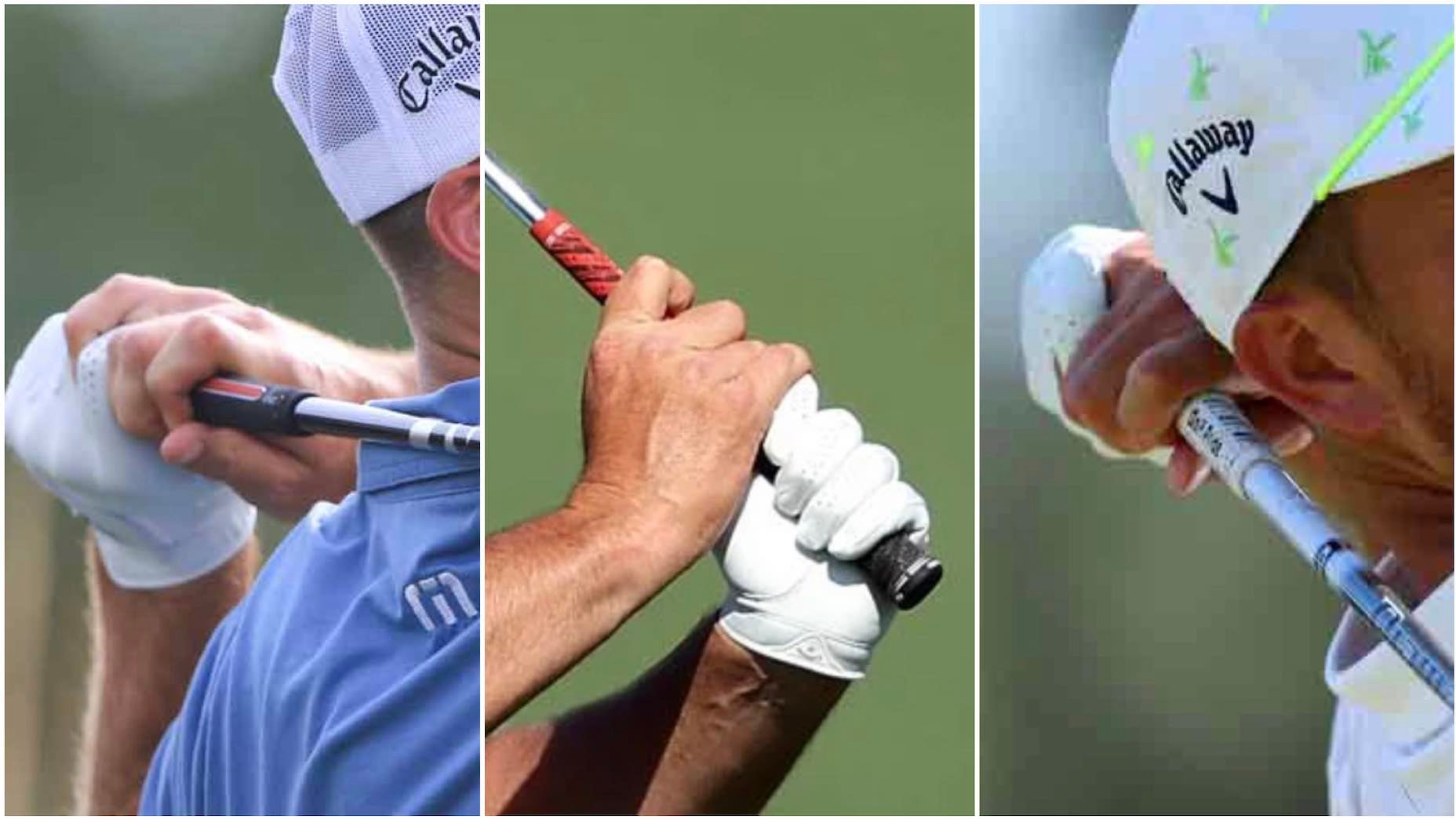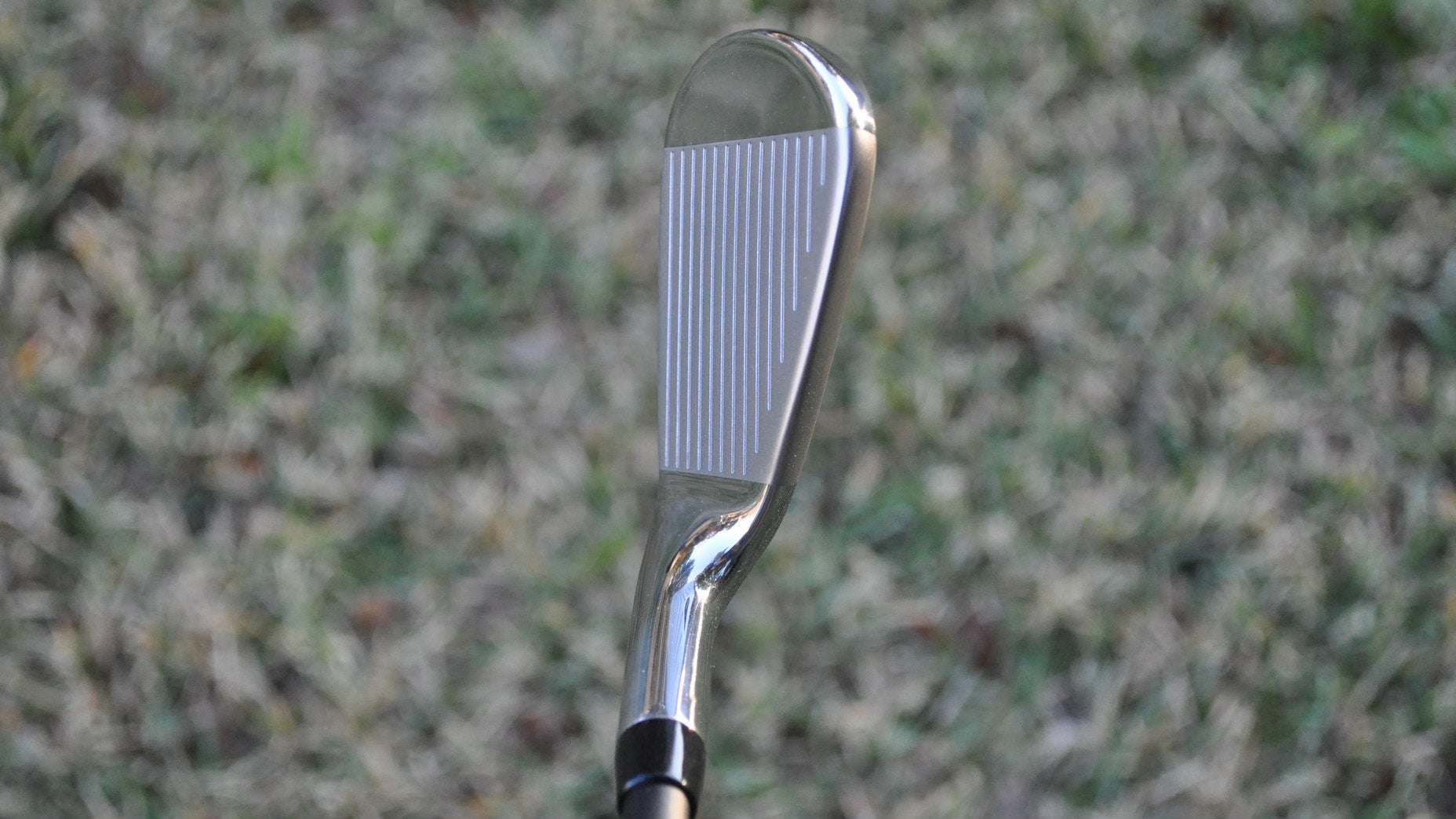Is the launch monitor lying to me during a club fitting? | Fully Equipped
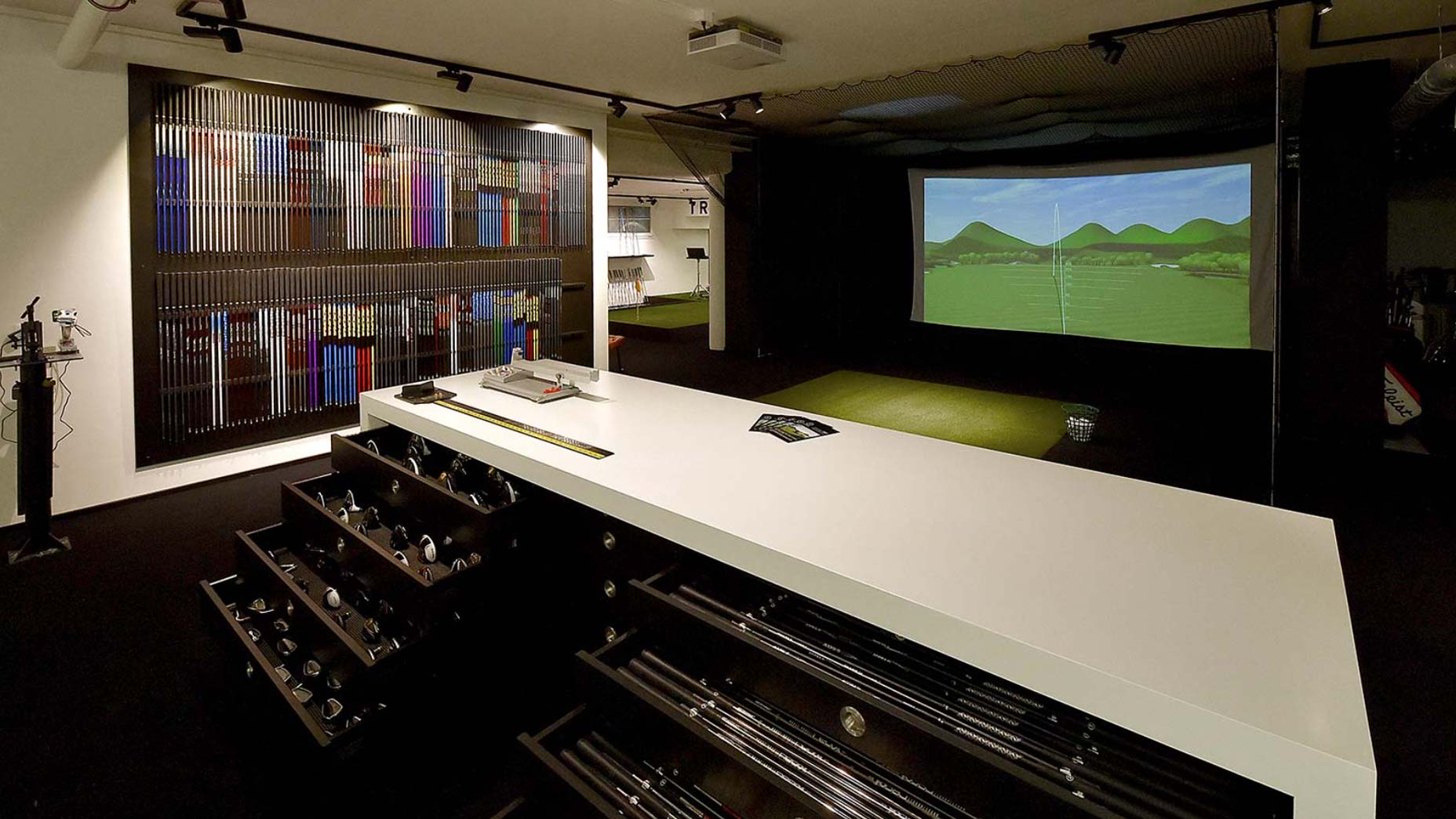
It's important to keep a few things in mind before your next club fitting.
True Spec
Fittings have come a long way since the days of using impact tape and a lieboard to determine the best setup for your game. The introduction of launch monitors like Foresight’s GCQuad and TrackMan 4 has removed all of the guesswork from the process. Instantaneous insights ensure you’re picking the best shaft or weight setup for your game.
Simply put, fittings have never been better — or easier.
But what happens when the numbers you’re seeing in an indoor environment don’t match up with the on-course experience? For example, what happens if you typically play an extra-stiff flex through the bag but suddenly find yourself piping it during a fitting with a senior flex on the simulator?
This was a question posed by a caller during the latest edition of GOLF’s Fully Equipped Hotline. While it might seem odd to hit a driver with the completely wrong flex damn-near perfect in a simulator but terribly on the course, True Spec Golf’s vice president of tour and education, Kris McCormack, said it’s actually quite common — and it has a name.
“When we’re in a controlled environment like a simulator or studio, there’s a real penalty, per se, for what we’re hitting into,” McCormack said. “I have seen a player’s swing dynamics change a little bit compared to what they do out on a golf course. There’s a population of players out there whose dynamics change completely when they get into an indoor environment. It’s called parallax distortion.
“That’s when you have a player who subconsciously starts to change their alignment to accommodate things that are happening in their environment. That can change alignment, stance, setup, ball position. And it’s all subconscious. Players aren’t even aware they’re doing it.”
Instead of stressing if the results you’re seeing in studio will translate to the course, McCormack offered a suggestion all golfers should consider when they’ve found the “right club.”
“In a perfect world scenario, if you get fit indoors, go test it outdoors as well, or vice versa” he said. “So if you test it outdoors, test it indoors to make sure it’s optimized to what you’re trying to do. There are several cases where you can test something in an indoor environment and then test it outdoors and it doesn’t work.”
In addition to testing indoors and outdoors, McCormack also noted a poor build can ruin a good fitting, so make sure you have someone qualified to match the build specs from your fitting. Doing these things will ensure you leave the fitting with a club that works in all environments.
Want to overhaul your bag for 2023? Find a fitting location near you at True Spec Golf.


